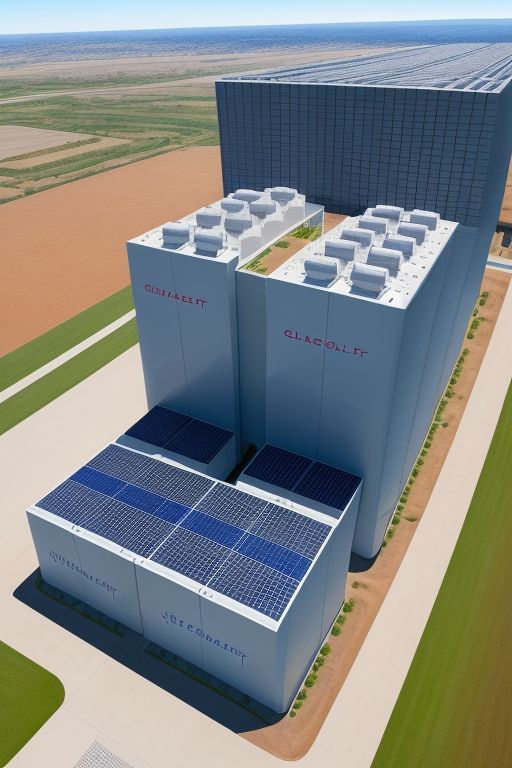The Gigafactory Boom, centered on the rapid expansion and construction of massive battery manufacturing facilities, is poised to significantly transform the auto industry, particularly in the realm of electric vehicles (EVs). This transformation is driven by the escalating demand for electric vehicles as the world shifts towards cleaner, more sustainable forms of transportation to combat climate change and reduce greenhouse gas emissions.
1. Scaling Up Production: Gigafactories, a term first popularized by Tesla, Inc., are colossal plants dedicated to the production of lithium-ion batteries, which are essential for powering electric vehicles. These factories are not just larger in scale than traditional battery manufacturing facilities but are also more advanced in terms of automation and production efficiency. The surge in gigafactory constructions is a direct response to the anticipated boom in EV sales, necessitating a massive increase in battery supply to meet future demands.
2. Driving Down Costs: One of the primary benefits of gigafactories is their potential to significantly reduce the cost of lithium-ion batteries through economies of scale. As production volume increases, the cost per battery is expected to decrease, making electric vehicles more affordable to a broader range of consumers. This cost reduction is crucial for the widespread adoption of EVs, as the high cost of batteries has historically been one of the major barriers to consumer acceptance.
3. Innovation and Technology Advancements: The gigafactory boom is also fostering innovation in battery technology and manufacturing processes. Companies are investing heavily in research and development to improve battery efficiency, longevity, and safety. These advancements could lead to batteries with higher energy densities, longer lifespans, and faster charging times, further enhancing the appeal of electric vehicles.
4. Geopolitical and Economic Impacts: The global race to build gigafactories is having significant geopolitical and economic implications. Countries and regions with a strong presence in battery production stand to gain a competitive edge in the burgeoning EV market. This has led to increased investments by governments in battery technology and manufacturing capabilities, aiming to secure a piece of the future automotive landscape dominated by electric vehicles.
5. Sustainability Challenges and Opportunities: While gigafactories are pivotal in the transition to electric mobility, they also pose sustainability challenges, particularly in terms of raw material sourcing and energy consumption. The mining of lithium, cobalt, and other critical minerals raises environmental and ethical concerns. Consequently, there is a growing emphasis on developing more sustainable battery technologies, improving recycling processes, and ensuring that gigafactories are powered by renewable energy sources.
In conclusion, the gigafactory boom represents a critical juncture in the auto industry’s evolution, with the potential to fundamentally change how vehicles are powered and produced. By accelerating the shift to electric mobility, gigafactories could play a pivotal role in achieving a more sustainable and environmentally friendly transportation future. However, realizing this potential will require addressing the environmental and ethical challenges associated with battery production, as well as continued innovation in battery technology.


